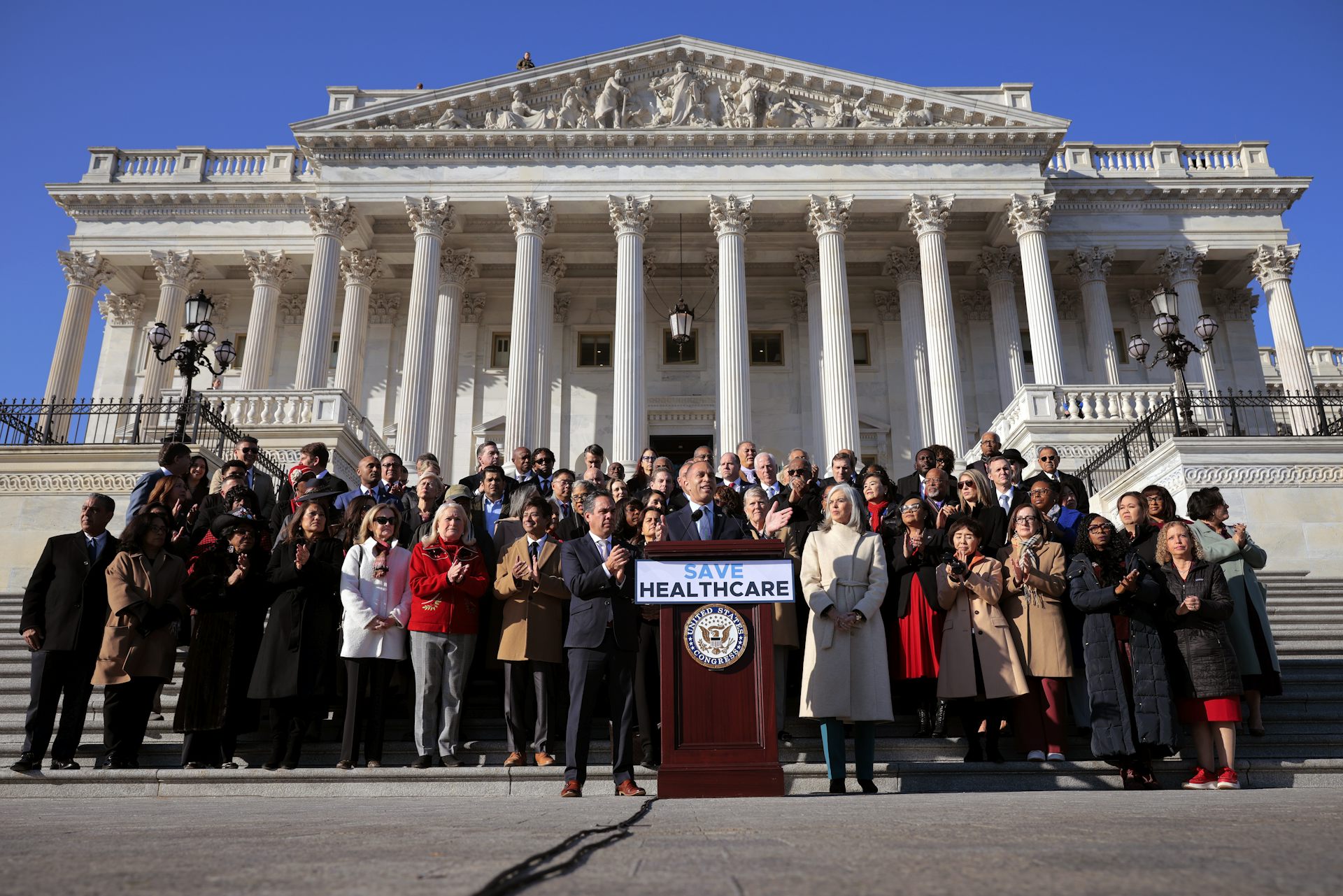More solutions needed for campus hunger
A new federal report on food insecurity on college campuses does a good job of laying out the scope of the problem but falls short when it comes to solutions.

A new federal report does a fairly good job of explaining what many researchers have been saying for a decade – food insecurity among college students is a serious national problem.
As one University of California, Berkeley student revealed in an interview for a 2018 research article I helped write: “Food is always on my mind: ‘Do I have enough money? Maybe I should skip a meal today so I can have enough food for dinner.‘”
However, when it comes to offering up solutions, the new report from the Government Accountability Office comes up short.
My experience as one who has researched campus hunger goes back to 2014, when colleagues and I conducted the first public university system wide survey of campus hunger. We found that over 40 percent of University of California students – about half of all undergraduates and one out of every four graduate students – faced food insecurity. That is more than three times the national household rate of 12 percent. Food security is generally defined as access at all times to enough food for an active, healthy life.
Our findings on campus hunger have been replicated in the University of California system, the California State University system and in colleges throughout the nation.
Effects of an empty stomach
For those who are food secure, it might be easy to scoff at the notion that somehow college students can’t find enough to eat. The reality is hunger among college students has psychological impacts that affect student performance. For instance, in a 2018 study, colleagues and I found students experiencing food insecurity had a lower grade point average than students not facing food insecurity.
Researchers and I also found that not having access to enough food at all times increased a student’s risk for poor mental health. This, in turn, increases their risk for lower grades.
So what does the latest federal report – released 10 years after the first study documenting hunger on campus – say about the problem and what should be done about it?
The new federal report states that from nine to over 50 percent of America’s college students face food insecurity. The report also reveals that of the two to three million students at-risk for food insecurity who were potentially eligible for participating in the Supplemental Nutrition Assistance Program – more commonly known as SNAP – only 43 percent were receiving those benefits.
More solutions needed
The report recommends that government administrators do more to make students aware of their potential eligibility for SNAP benefits. The low participation rate in SNAP may stem from lack of awareness. Or it could have to do with the stigma of receiving food assistance. Some organizations recommend campus-based initiatives to combat food insecurity in order to lessen the stigma associated with receiving food assistance for students.
Will better SNAP guidance end student hunger? In my view as one who has been looking at this issue for some time, not entirely.
College students cannot get SNAP benefits unless they meet certain criteria, such as working at least 20 hours a week and attending school full-time. This rule should perhaps be rethought in light of how difficult it is to go to school full-time, keep up one’s grades and work more than 20 hours a week.
What else can we do to fix student hunger? Updating college student financial aid is one solution. For instance, the purchasing power of the Pell grant – a federal grant for low- to middle-income students – is at a 40-year low.
Another solution is to extend the Federal School Lunch Program, which could help pick up the slack for the lost purchasing power of the Pell grant.
In my view, more assistance should also be given to graduate students, who also face campus hunger but who were not mentioned in the new federal report.
Lastly, students must be better educated on things such as financial aid, personal budgeting and self-advocacy. At a time when the cost of going to college is becoming more difficult to cover, it’s more important than ever to help students succeed and be healthy so that they can lead future generations.
Suzanna Martinez does not work for, consult, own shares in or receive funding from any company or organisation that would benefit from this article, and has disclosed no relevant affiliations beyond their academic appointment.
Read These Next
It’s more than OK for kids to be bored − it’s good for them
Boredom is a healthy part of life. Experiencing it can help children learn to set goals and make plans.
As millions of Americans face a steep rise in health insurance costs, lawmakers continue a century-l
US health care policy will remain fractured until lawmakers address the core question of who is responsible…
RFK Jr. wants to scrutinize the vaccine schedule – but its safety record is already decades long
Federal officials are questioning the safety of the vaccine series children receive. Here’s the story…






